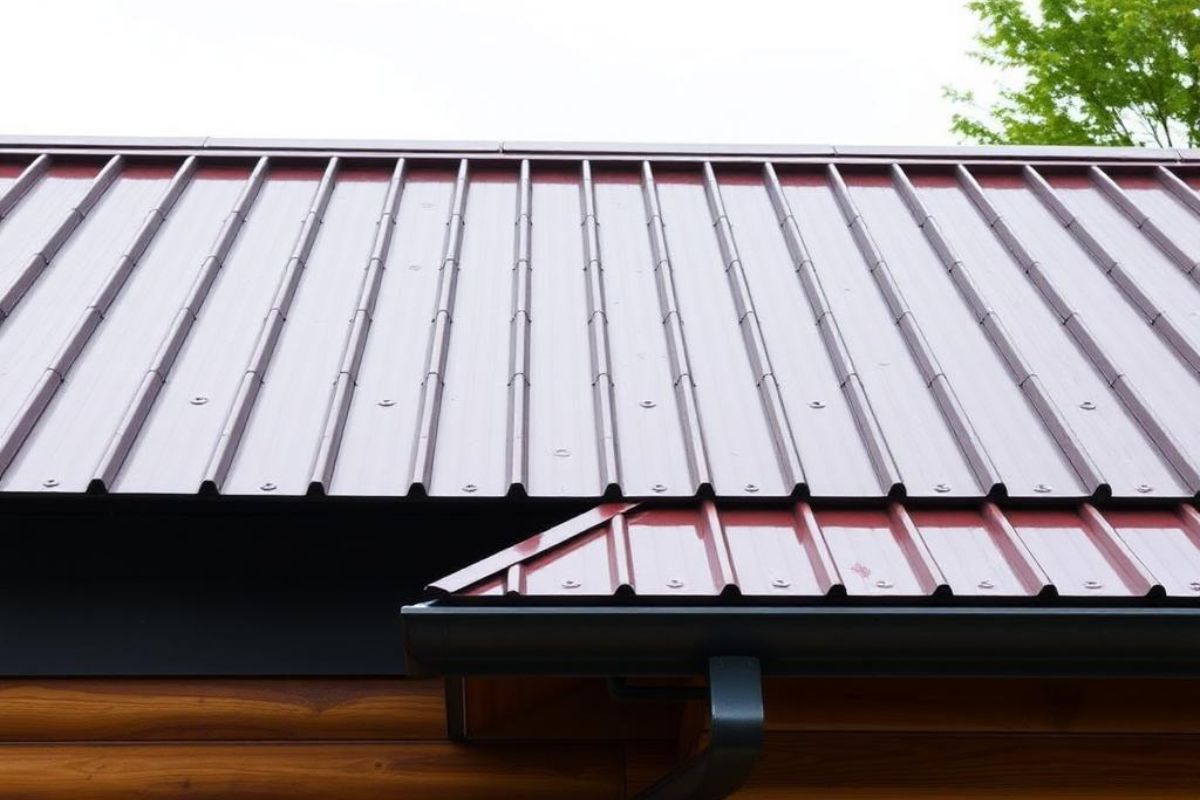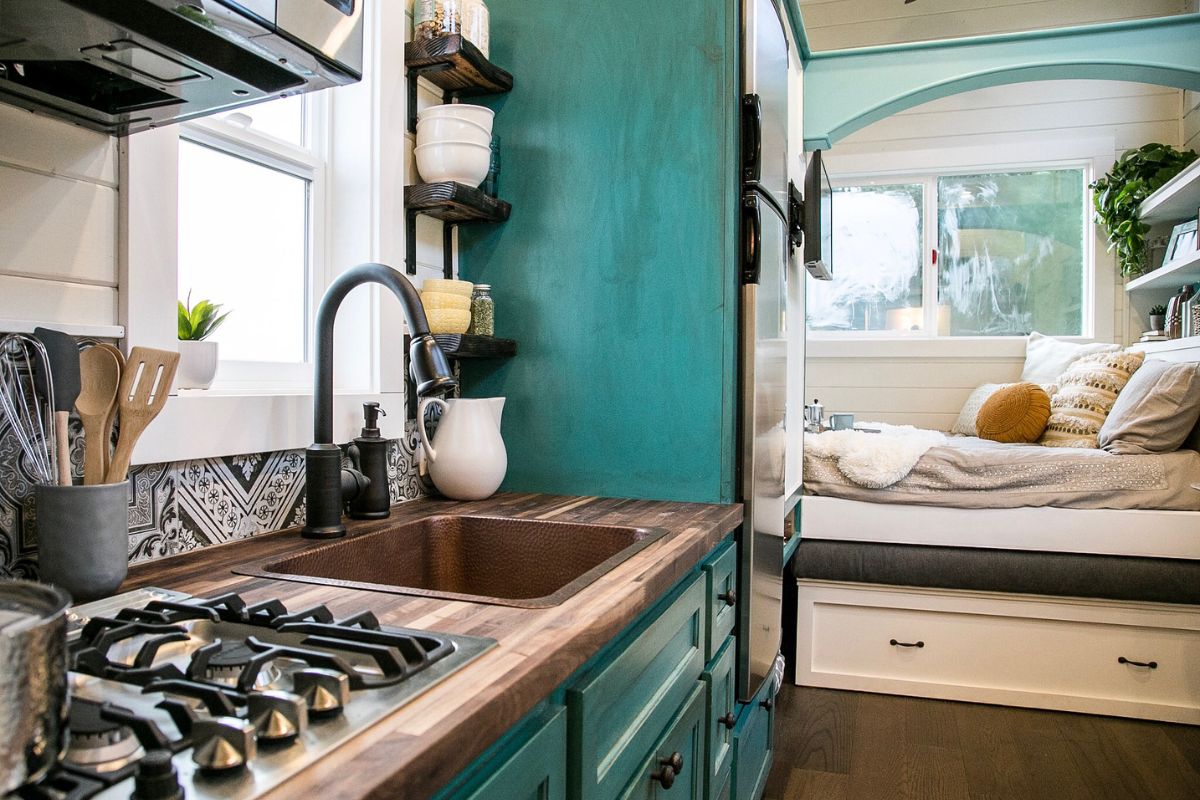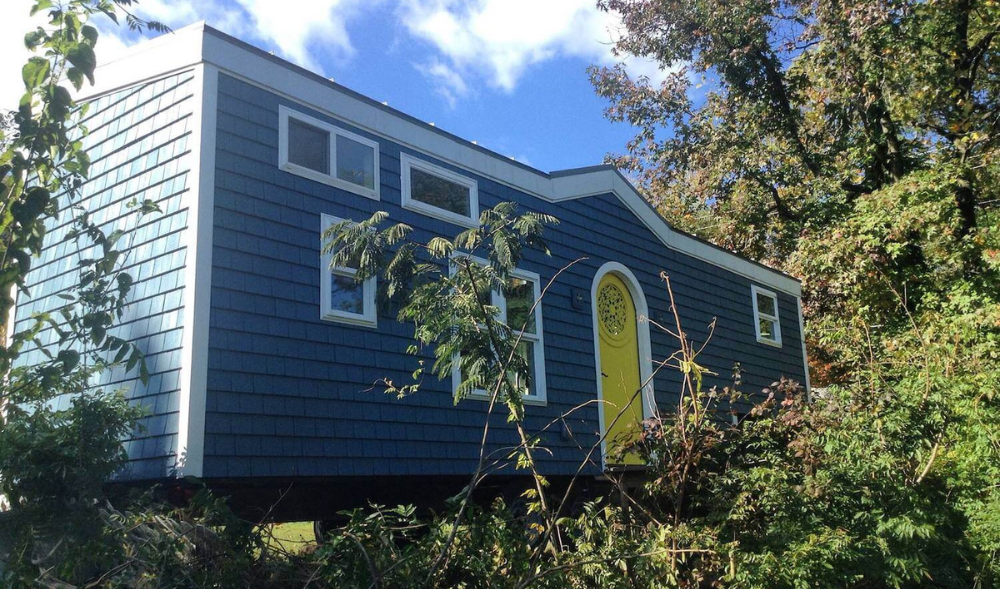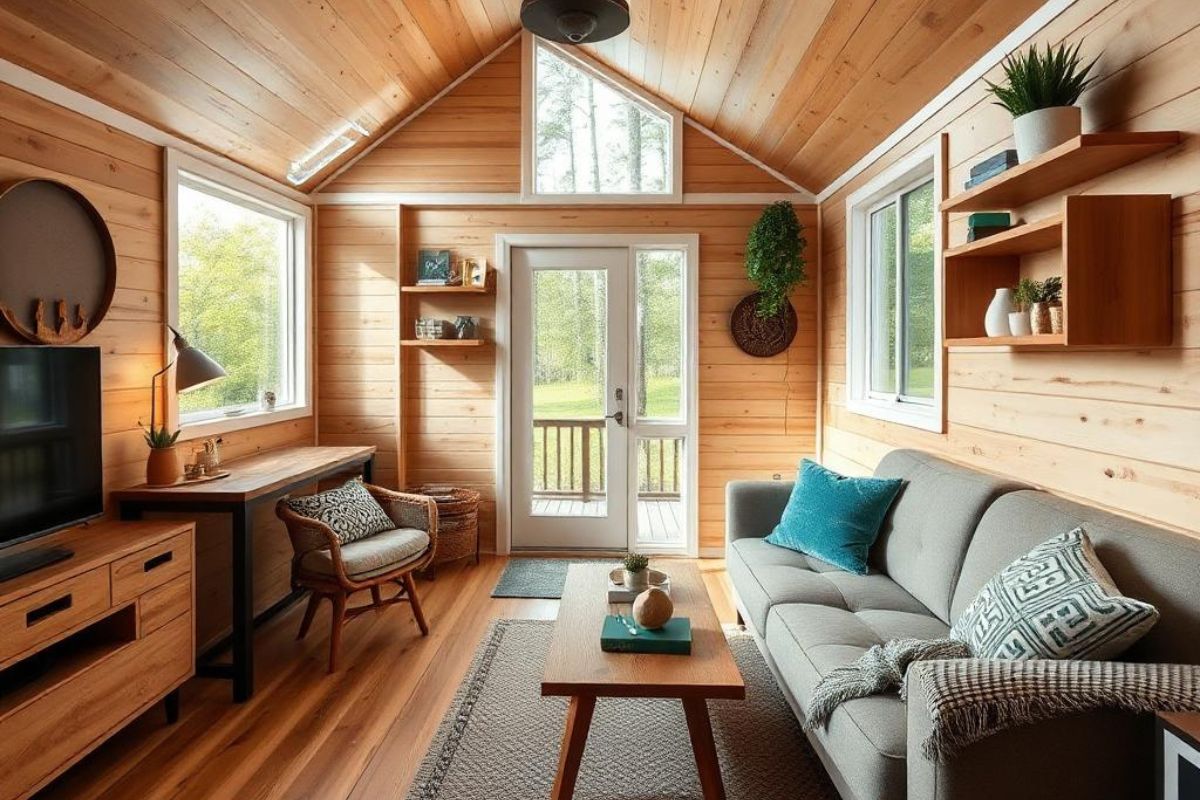In compact living spaces, maintaining a roof isn’t just about aesthetics—it’s a critical part of protecting your entire home. While a roof may look fine from ground level, hidden leaks can quietly cause significant damage over time. In tiny homes, where every square inch counts, even a small leak can lead to big consequences: mold, warped wood, insulation failure, and increased energy costs. Due to the limited space and tighter construction, these issues can surface faster and spread more aggressively. Early detection and proactive care are key to avoiding expensive repairs.
The Common Causes of Roof Leaks
Roof leaks often develop silently, especially in smaller structures where design simplicity can sometimes leave vulnerabilities. Weather exposure is one of the primary culprits; roofs endure heavy rain, snow, wind, and sun, which can wear down materials quickly. In portable or mobile homes, road vibration and shifting can further stress roofing seams and flashing.
Improper installation, especially around vents, solar panels, or skylights, can create entry points for water. Lightweight roofing materials, commonly used to reduce structural weight, may be more susceptible to punctures and deterioration. Debris buildup is another issue: leaves, branches, and dirt can collect in small rooftop areas, trapping moisture and causing localized rot. Roof penetrations like stovepipes, mini-splits, and fans should be sealed thoroughly. In small homes, these are often tightly integrated into the layout, so any failure in sealing can impact multiple systems at once, fast.
Identifying Signs of a Roof Leak
Spotting leaks early can prevent serious disruption. In compact homes, signs are often more visible simply because there's less space to hide them. Look for ceiling stains, warped paneling, or damp cabinetry, especially in lofted areas near the roofline. A single drip can quickly reach walls, floors, or storage areas. Unusual odors, like mustiness or mildew, are strong indicators of trapped moisture.

Discoloration on wood finishes, condensation on windows, or peeling wallpaper can suggest a hidden leak. In very small spaces, even minor leaks can create condensation cycles that affect temperature and air quality, making living conditions uncomfortable. Frequent inspections of the attic or ceiling space, if accessible, are recommended. Exterior signs like loose fasteners, missing shingles, or bubbling roof membranes can often be spotted with a simple visual check from a ladder or during seasonal maintenance.
The Importance of Timely Repairs
In tiny homes, there's less tolerance for water intrusion. What might be a minor annoyance in a large home can quickly lead to significant structural problems in a small one. Wet insulation loses its effectiveness, which can make your heating and cooling systems work harder, raising energy bills and reducing interior comfort.
Mold and mildew spread quickly in enclosed spaces and may require invasive remediation, especially if they settle behind walls or in floor cavities. Left unchecked, a small leak can compromise framing or subflooring, leading to extensive and costly repairs. By tackling issues right away, you avoid disrupting your entire living environment and can preserve both function and value.

Preventative Measures to Take
Ongoing maintenance is the most effective way to protect your home from water damage. Inspect your roof regularly, especially after storms or if you’ve recently relocated. Check that sealants around vents, solar panels, and other fixtures remain intact. In smaller builds, these features are often more concentrated, meaning a single failure can affect multiple systems.
Keep rooftop surfaces clear of debris. Trim nearby trees to reduce the risk of falling limbs. Clear gutters and downspouts to prevent backup and pooling water. Reapply waterproof coatings or sealants as needed; this is often a manageable DIY task for smaller roof areas. Installing ice and water shields or upgrading to more durable roofing materials can add resilience, particularly in regions with harsh weather. Even small upgrades can make a significant difference when space and resources are limited.
When to Call a Professional
When signs of water damage appear, or if you suspect a leak but can't pinpoint it, it's wise to consult a roofing professional. For homes with customized layouts or off-grid setups, professionals can assess the unique design challenges and address potential problem areas that may be missed in standard inspections. Engaging with professionals such as local roofers in New Hanover can provide insight into specific environmental factors impacting roofs in the area, offering tailored maintenance solutions. They offer an informed perspective on roof condition and potential vulnerabilities, ensuring that necessary repairs are performed by skilled experts.
If multiple leaks are discovered, hiring a roofing specialist becomes essential. They can round up various issues and provide solid recommendations for maintenance and repairs. Experienced roofers familiar with compact living designs can offer tailored solutions, especially if your home is mobile or located in a region with specific climate stressors.

Recognizing the Financial Implications of Roof Damage
Roof repairs aren’t just about fixing a leak; they’re about protecting your entire investment. In compact homes, damage spreads quickly and often affects key components like cabinetry, insulation, and structural framing. A simple leak may cost a few hundred dollars to fix, but if left unchecked, the cost can escalate into thousands, especially if it leads to mold removal or interior reconstruction.
According to HomeAdvisor, the average roof repair ranges from $350 to $1,200, while replacements can exceed $7,000 depending on materials and complexity. Tiny homes may be less expensive in raw materials, but the high degree of integration often makes repairs more specialized and time-sensitive. A well-maintained roof protects resale value and aesthetic appeal, important considerations for homeowners who might relocate or resell in the future. Preventative care is a small investment that can yield big returns in comfort, safety, and peace of mind.
Roof leaks can be easy to miss, but their impact on a tiny home is anything but minor. With limited space and tightly integrated systems, early detection and proactive maintenance are essential. Regular inspections, timely repairs, and smart preventative measures help ensure your home remains a dry, comfortable, and efficient place to live. A healthy roof protects not just your house, but your entire way of life.






Share: